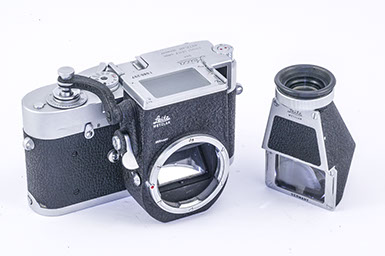
Visoflex with detachable viewfinder
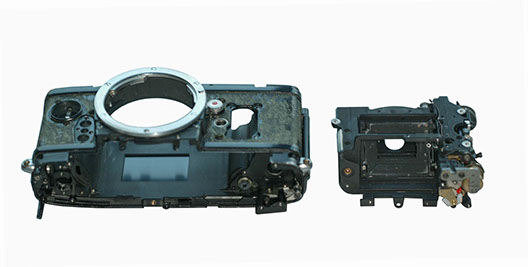
Leica SL2 body casting, and its reflex mirror housing
The mirror housing in Leicaflex was installed from top, making it difficult to assemble, and service (although Leicaflexes rarely failed). It has been said that Leica lost money in every SLR camera they produced until R3. Visoflex (right) was an ingenious design to convert M bodies to a reflex camera. The release button depth was adjustable to release the mirror, and the shutter inside M body in accurate sequence.
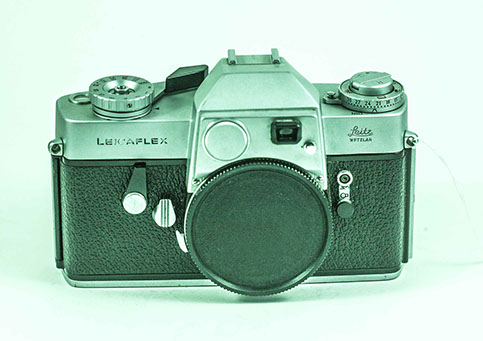

Leicaflex SL (1964-1968)
Leicaflex SL2 (1974-1976
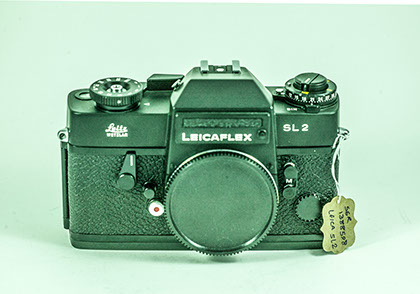
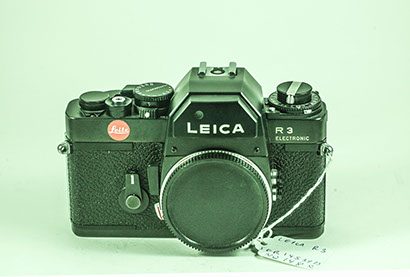
Leicaflex SL2 Mot (1974-1976)
Leica R3 (1976-1979)
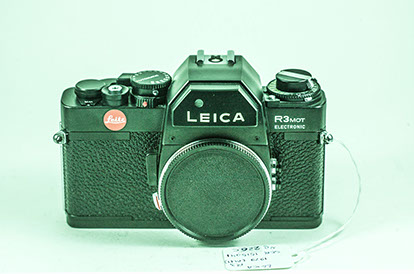
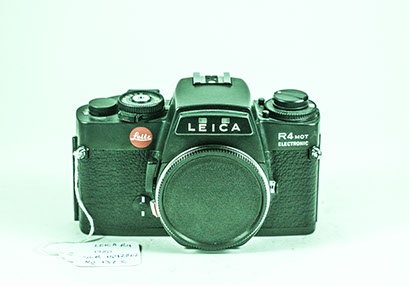
Leica R3 Mot (1976-1979)
Leica R4 (1980-1986)
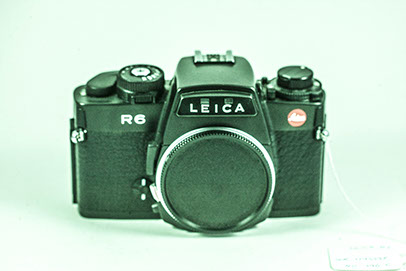

Leica R6 (1988-1992)
Leica R7 (1992-1997)
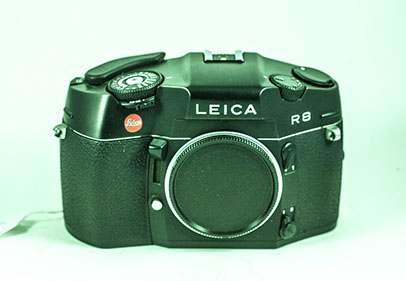
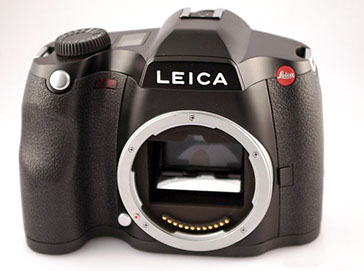
Leica R8 (1996-2002)
Leicaflex S2 DSLR (2008)
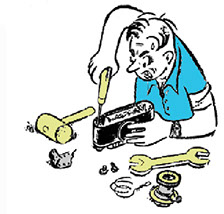
Not an easy Repair !